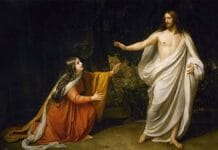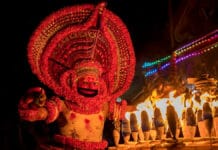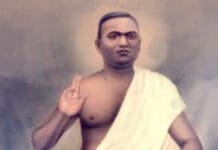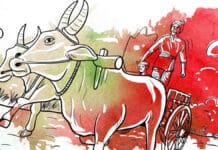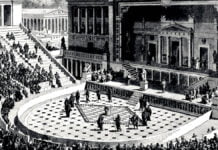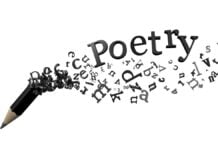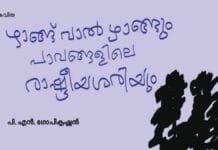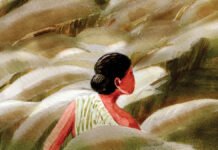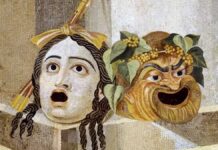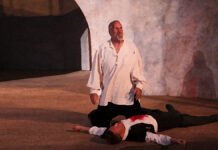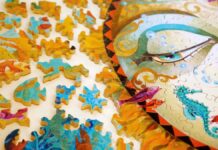To a Skylark by Percy Bysshe Shelley is one of the most celebrated Romantic poems, written in 1820. The poem is an ode to the skylark, a bird whose song epitomises pure, unbounded joy and transcendent beauty. Shelley wrote this poem after hearing the bird’s distinctive calls while walking through the port city of Livorno, Italy. His treatment of the skylark goes beyond simple admiration; the bird symbolises artistic inspiration, spiritual freedom, and the ideal of unblemished happiness that eludes human experience.
The poem’s speaker addresses the bird directly and praises the purity of its music, later contrasting it with sad, hollow human communication. As an ode to the unmatched splendours of the natural world, and especially its spiritual power, To a Skylark remains a quintessential example of Romantic poetry. The poem’s unconventional form features a song-like rhyme scheme and bouncy rhythm that subtly mimics the skylark’s calls.
Summary
The poem begins with the speaker spotting a skylark flying above him. He can hear the song. The bird’s song, “unpremeditated”, is unplanned and beautiful. Shelley is stunned by the music produced by the bird and entranced by its movement as it flies into the clouds and out of sight. Although he can no longer see it, he is still able to hear it and feel its presence. The bird represents the pure, unbridled happiness that Shelley is desperately seeking. This desperation comes through in the following stanzas.
The poet then embarks on several metaphors through which he hopes to understand better the bird and what he can accurately compare it to. He sees the bird as a “high-born maiden” that serenades her lover below her and spring, or “vernal” showers that rain on the flowers below. The skylark is like “rainbow clouds” and the epitome of all “joyous” things.
The next section of the ode asks the skylark to reveal what inspires it to sing such a glorious song. Is it, the poet asks, “fields, or waves, or mountains?” Could it be, he speculates, “shapes of sky or plain?” Whatever it may be, Shelley has never seen anything that could force such sounds from his voice.
He states that for a creature to have the ability to sing in such a way, it must know nothing of sorrow or “annoyance”. The bird must be able to see beyond life, understand death, and feel no concern about it. This is why humans may never reach the same state of happiness that the skylark exists within. “We” pine for things that we do not have, and even our “sweetest songs” are full of the “saddest thoughts”.
To a Skylark concludes with the poet pleading with the bird to “Teach [him] half the gladness / That thy brain must know”. Even that tiny amount would allow Shelley to produce “harmonious madness” that would force the world to listen to him as raptly as he is listening to the skylark now.
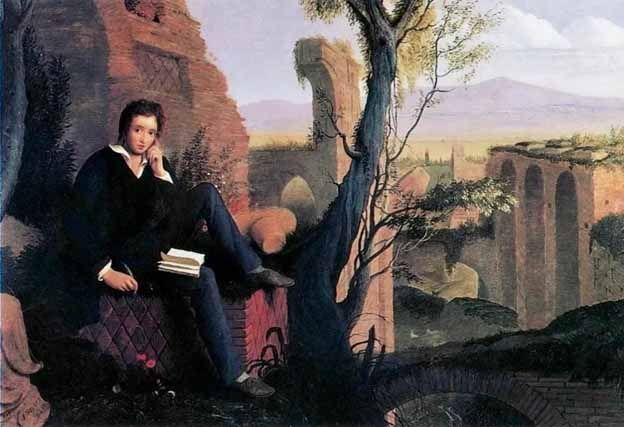
Themes
Joy and Transcendence
The poem’s central theme is the skylark’s representation of pure, untainted joy. Shelley elevates the bird to divine status, describing it as a “blithe Spirit” that sings from heaven or near it. This joy is contrasted with the human experience, often marked by sorrow, frustration, and the inability to sustain happiness.
The Power of Nature
Shelley’s ode reflects the Romantic belief in the profound connection between nature and human emotions. The skylark, a creature of nature, embodies an ideal state of being humans long for but can never fully attain. Through the skylark, nature becomes a source of inspiration and spiritual upliftment.
The Poet’s Role
The skylark is also a metaphor for the poet or artist. Just as the skylark sings without the awareness of its listeners, the poet creates without concern for recognition, driven by an innate need to express beauty. Shelley longs to attain the skylark’s effortless creativity and joy from unselfconscious artistic expression.
Human Limitation vs. Ideal Perfection
Shelley contrasts the skylark’s perfect existence with the imperfections of human life. While the skylark experiences joy without suffering, humans cannot experience joy without an underlying awareness of pain, loss, and impermanence. This dichotomy reflects Shelley’s contemplation on the limitations of human experience and the unattainable ideal of perfect happiness.
Imagery and Symbolism
Shelley uses vivid imagery to evoke the skylark’s ethereal qualities. The bird is described as a “cloud of fire,” “an unbodied joy,“ and “a star of heaven.“ These images elevate the skylark to a near-mystical entity, emphasising its otherworldly purity and brilliance. The skylark symbolises the ideal, a being that exists in a realm beyond the reach of ordinary human life.
The poem also uses comparisons to emphasise the skylark’s uniqueness. Shelley compares the skylark to a poet, a maiden, a glowworm, and a rose, yet concludes that it surpasses all these in its unblemished joy and beauty. This use of similes highlights the skylark’s unparalleled nature, making it a symbol of ultimate creative and spiritual fulfilment.
Tone and Language
The poem’s tone is one of awe, admiration, and longing. Shelley’s language is rich and musical, mirroring the beauty of the skylark’s song. Words like “blithe”, “ecstasy”, and “melody“ contribute to the poem’s uplifting, joyful atmosphere, even as the poet reflects on human limitations with a melancholy tone.
The use of rhetorical questions in the later stanzas (“What objects are the fountains / Of thy happy strain?”) expresses Shelley’s desire to understand the source of the skylark’s joy, underscoring the gap between human and divine experience.
Structure and Form
The poem consists of 21 stanzas, each containing five lines. The piece rhymes ABABB, with varying end sounds from beginning to end. The first four lines of each stanza are written in trochaic trimeter, meaning that a stressed syllable comes before an unstressed (trochaic); then, each of the first four lines has three of these beats (trimeter). Different from the other four but consistent with the rest of the poem, the fifth longer line of each stanza is written in iambic hexameter. This means that each line has six beats of unstressed syllables preceding stressed. The consistent rhyme and meter give the poem a lyrical quality that mirrors the melodic and rhythmic qualities of the skylark’s song. Shelley’s use of this structured form contrasts with the free, uncontained essence of the skylark, highlighting the bird’s unfettered nature.
To a Skylark is Shelley’s exploration of joy, artistic inspiration, and the dichotomy between human experience and ideal perfection. It is an ode to the “blithe“ essence of a singing skylark and how humans can never reach that same bliss. Through the figure of the skylark, Shelley captures the spirit of the Romantic ideal – the pursuit of beauty and transcendence in a world often fraught with suffering and imperfection. The poem’s enduring appeal lies in its lyrical beauty, rich imagery, and deep philosophical inquiry into the nature of happiness and artistic creation.

